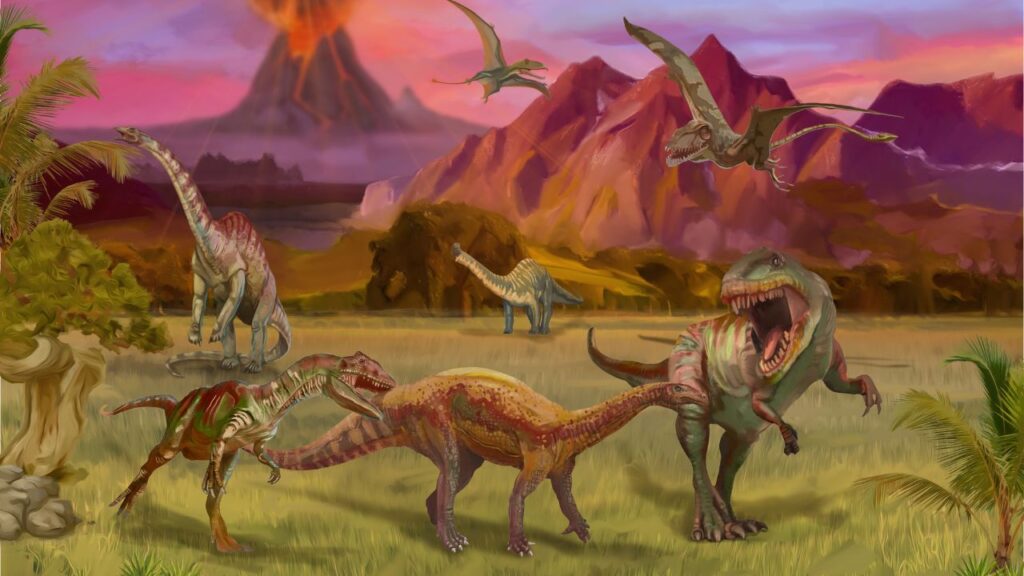Dinosaurs have captivated our imaginations for generations, but much of what we think we know about them is based on outdated information or sheer fiction. Thanks to ongoing scientific discoveries, many myths about these ancient creatures are being corrected. Let’s explore some common misconceptions about dinosaurs and set the record straight with the latest scientific evidence.
Myth 1: Dinosaurs Were All Giant Lizards
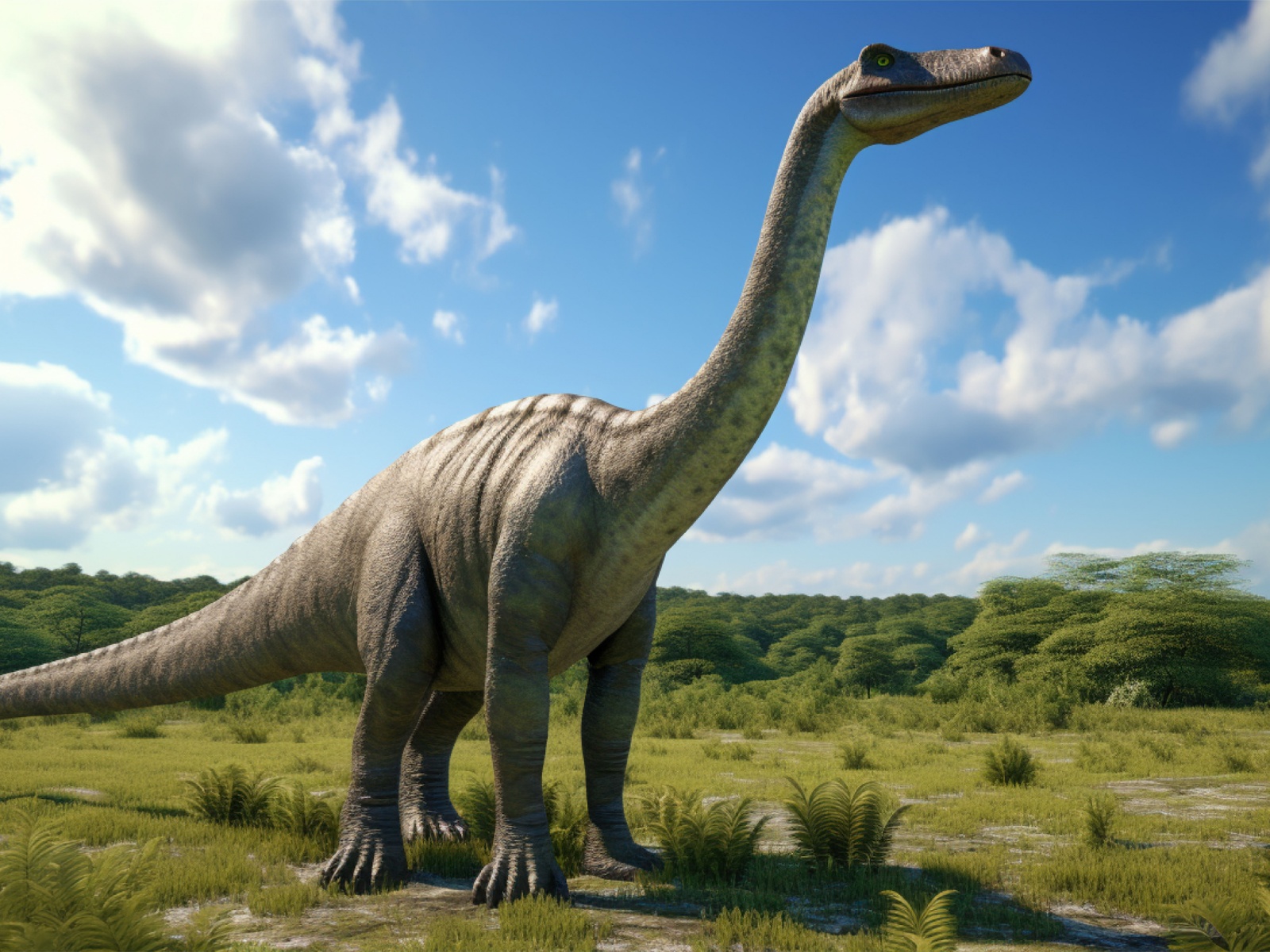
Contrary to popular belief, not all dinosaurs were gigantic, and they were not simply big lizards. Dinosaurs came in a range of sizes from the tiny Compsognathus, which was about the size of a turkey, to the enormous Argentinosaurus that could reach lengths of over 100 feet. Additionally, dinosaurs were a separate group of reptiles entirely distinct from modern lizards.
Myth 2: All Dinosaurs Lived at the Same Time
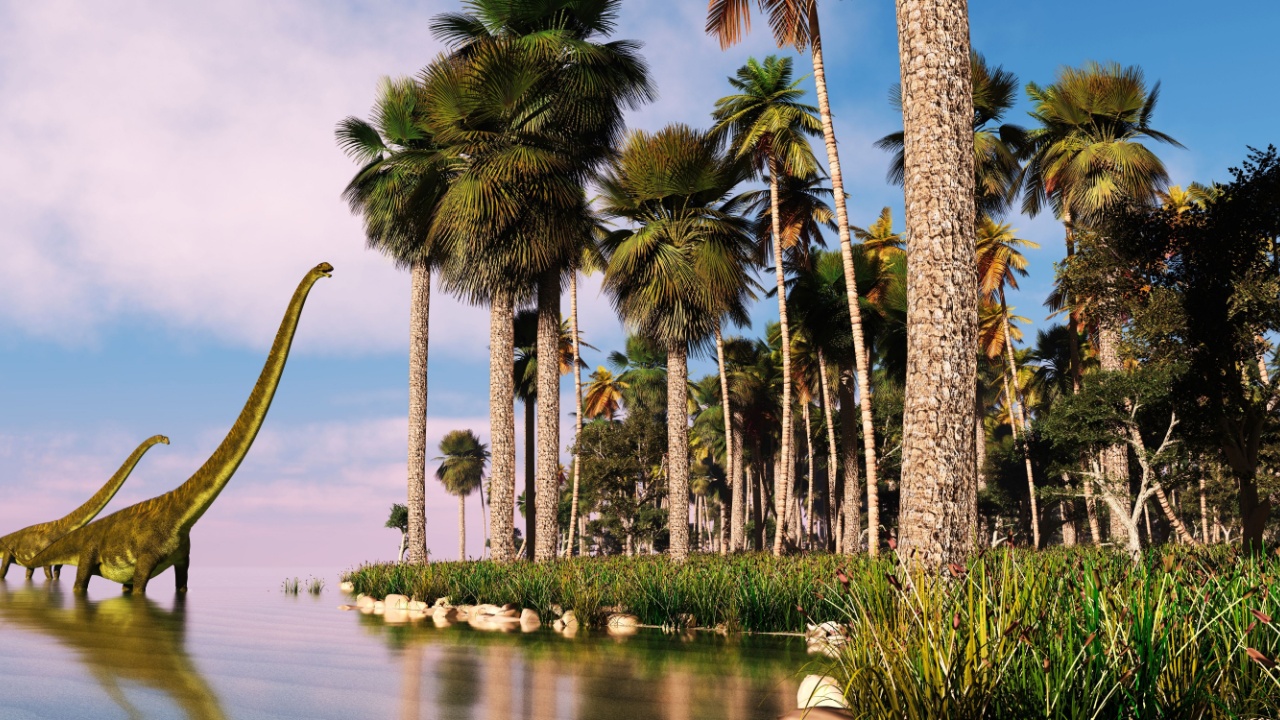
The Mesozoic Era, often called the Age of Dinosaurs, lasted about 180 million years and included three distinct periods: Triassic, Jurassic, and Cretaceous. Dinosaurs from these times were as different from each other as lions are from wolves, with some species never coexisting in the same geological time frames.
Myth 3: Dinosaurs Were All Vicious Predators
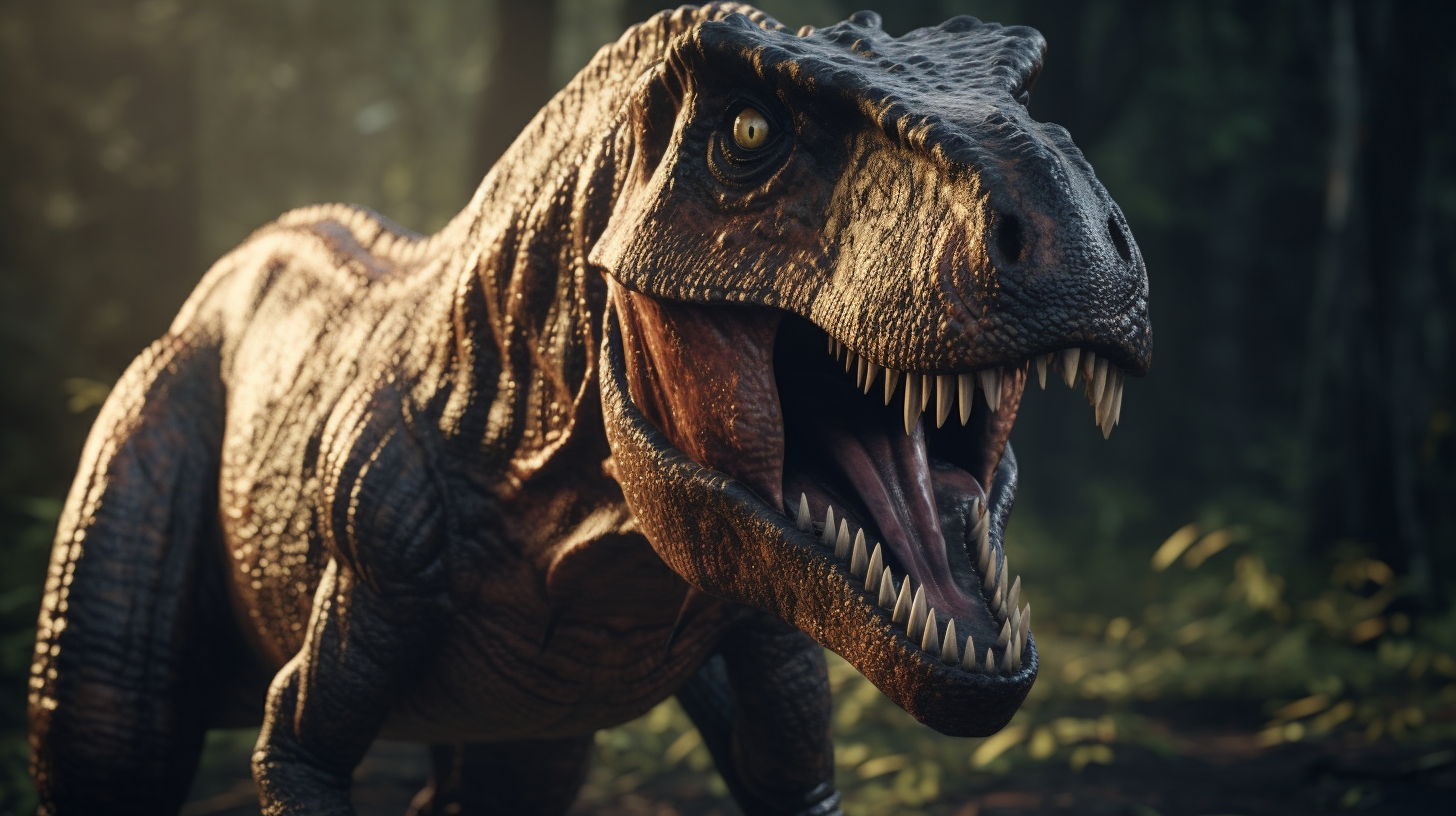
While movies often depict dinosaurs as fierce predators, the majority of dinosaur species were actually herbivorous. These plant-eating dinosaurs, such as Triceratops and Stegosaurus, often had specialized teeth and digestive systems to process tough plant material and did not hunt other animals.
Myth 4: Dinosaurs Were Cold-Blooded
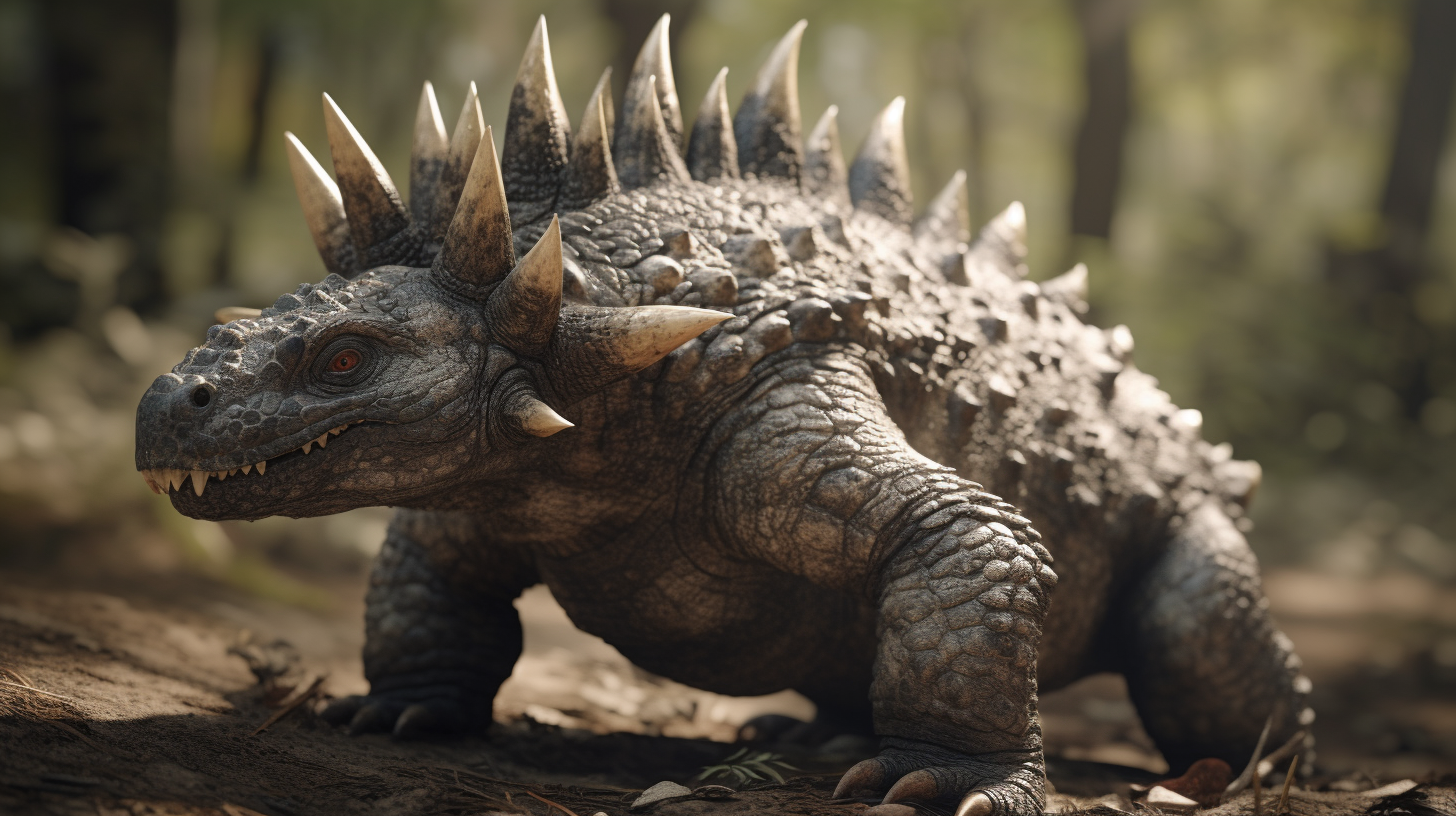
Early theories suggested that dinosaurs, like modern reptiles, were cold-blooded creatures. However, research into their growth patterns and bone structures indicates that many dinosaurs were likely mesothermic, possessing a metabolism that was neither fully warm-blooded like mammals nor cold-blooded like reptiles.
Myth 5: The Tyrannosaurus Rex Had Useless Arms
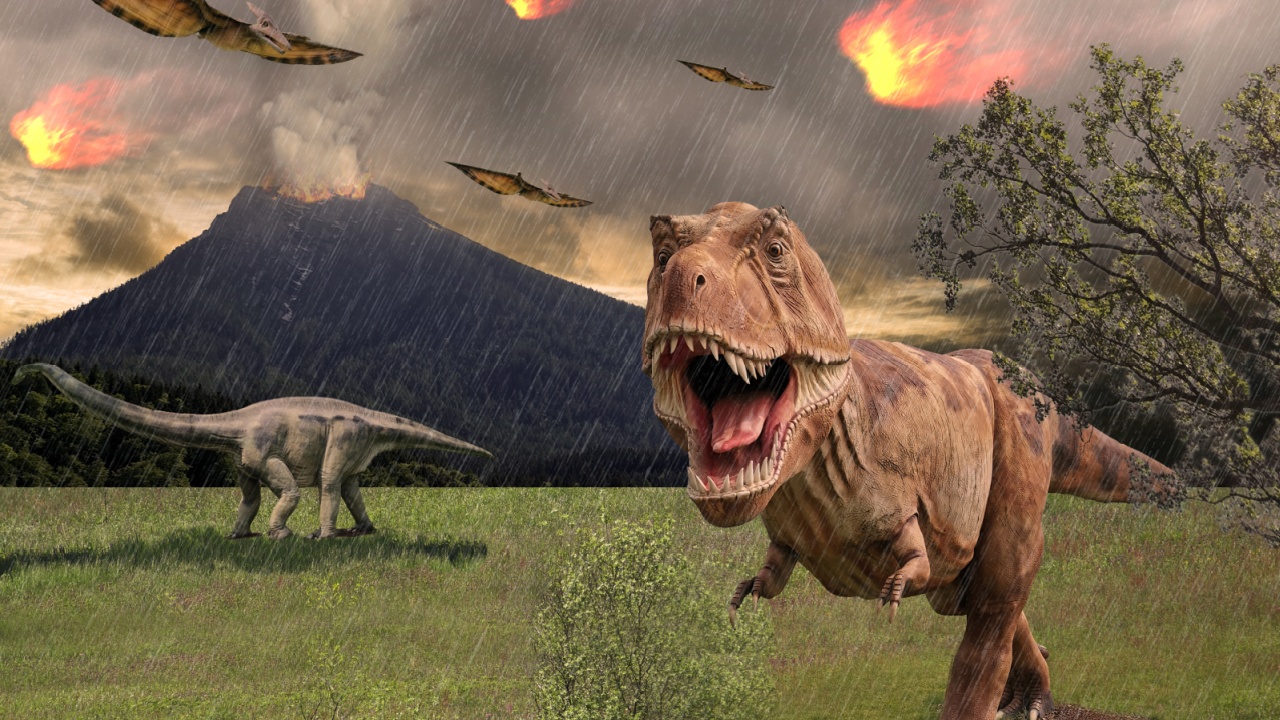
While the T-Rex’s arms were small relative to its massive body, they were incredibly strong and capable of bench-pressing several hundred pounds. Scientists believe these arms could have been used to grasp struggling prey or help the T-Rex lift itself up from the ground.
Myth 6: Pterosaurs Were Dinosaurs
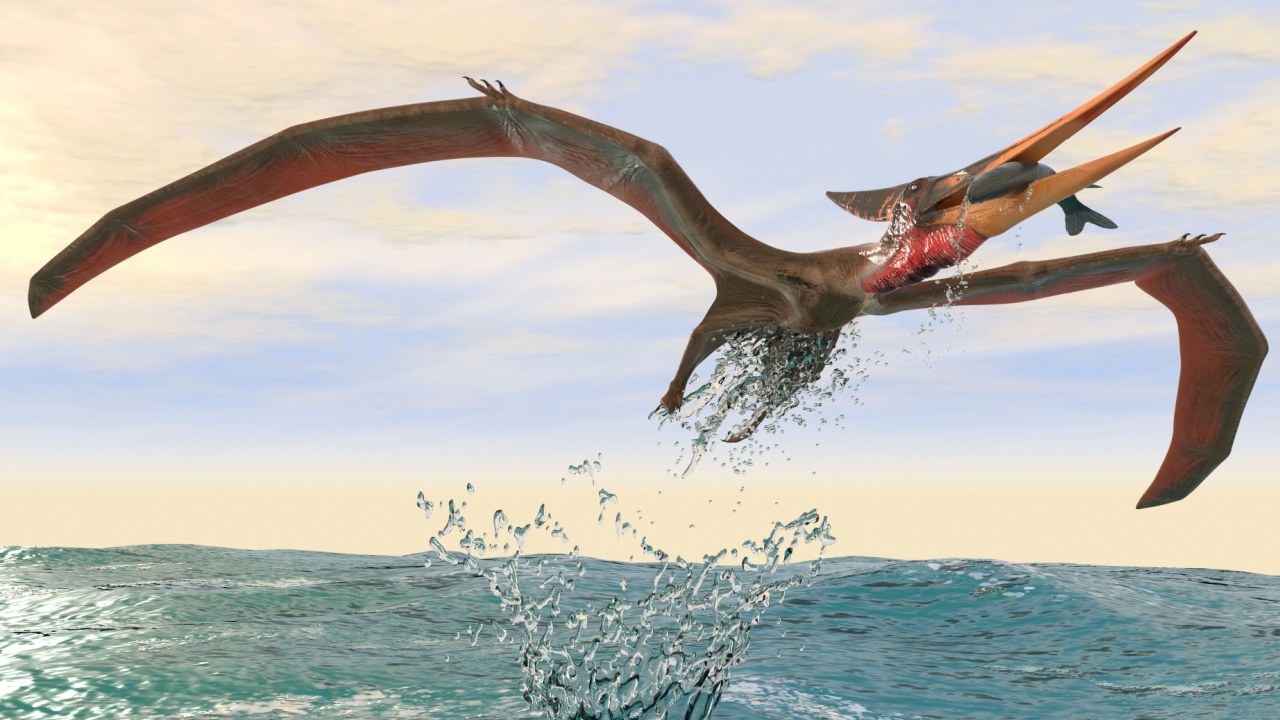
Pterosaurs, the flying reptiles that lived during the time of the dinosaurs, are often mistakenly classified as dinosaurs. However, they were not dinosaurs but a different group of prehistoric reptiles. Pterosaurs had wings made of skin and muscle, which extended along their arms, unlike any dinosaur.
Myth 7: All Dinosaurs Were Killed by an Asteroid
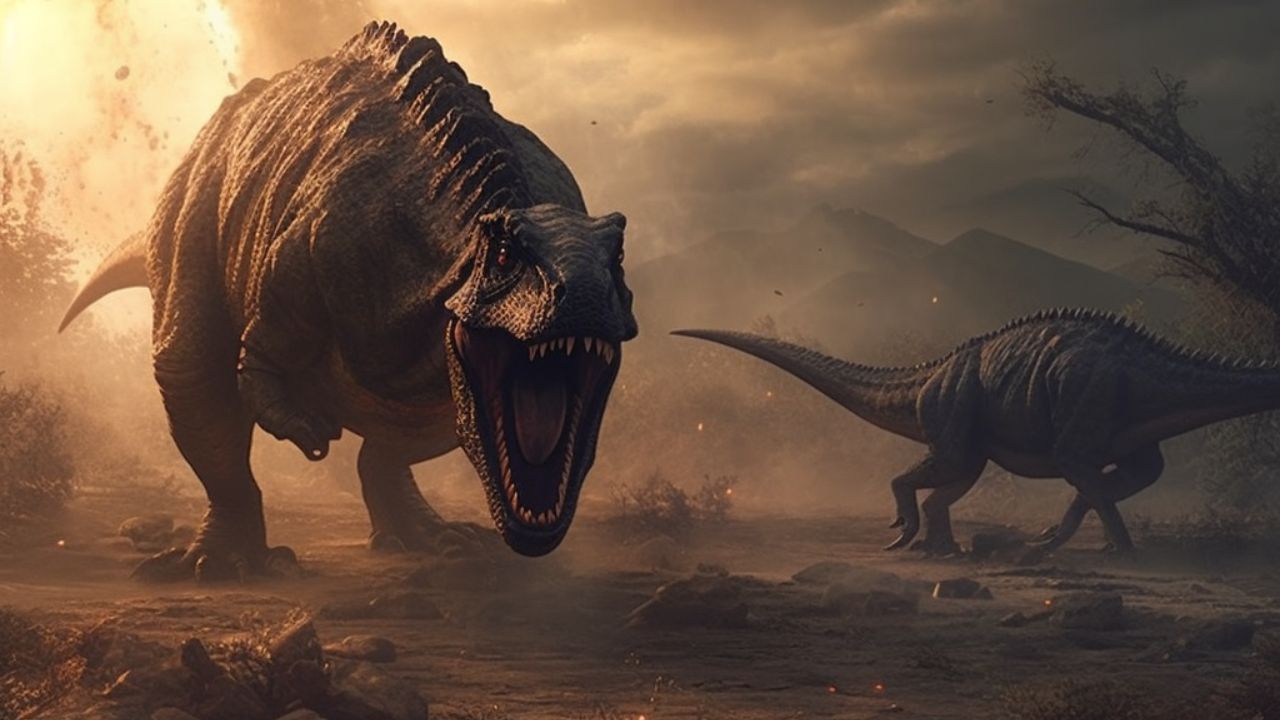
While the asteroid impact at the end of the Cretaceous period did play a significant role in the mass extinction of dinosaurs, it was likely not the only cause. Other factors, such as volcanic eruptions, climate changes, and shifting continents, also contributed to their demise.
Myth 8: Dinosaurs Dragged Their Tails
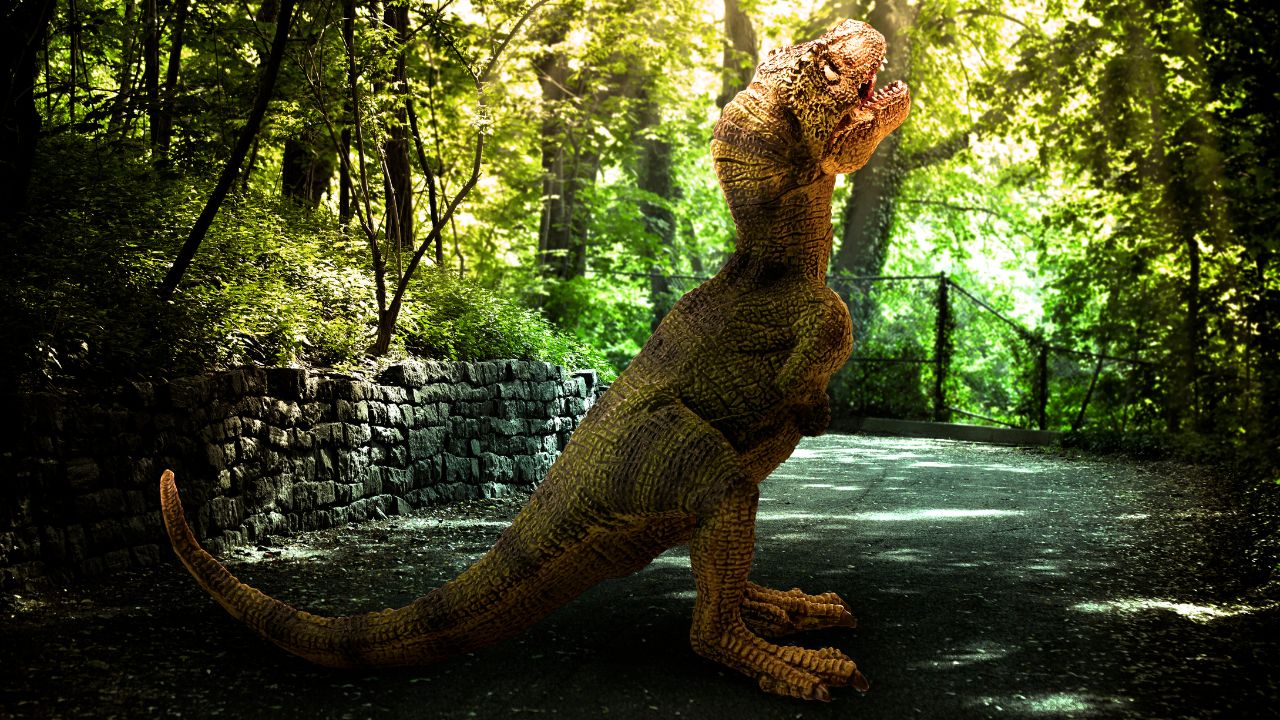
Early reconstructions of dinosaurs often depicted them with their tails dragging on the ground. However, fossil tracks and improved skeletal reconstructions show that many dinosaurs held their tails off the ground as they walked or ran, using them for balance and communication.
Myth 9: Dinosaurs Had Scaly Skin
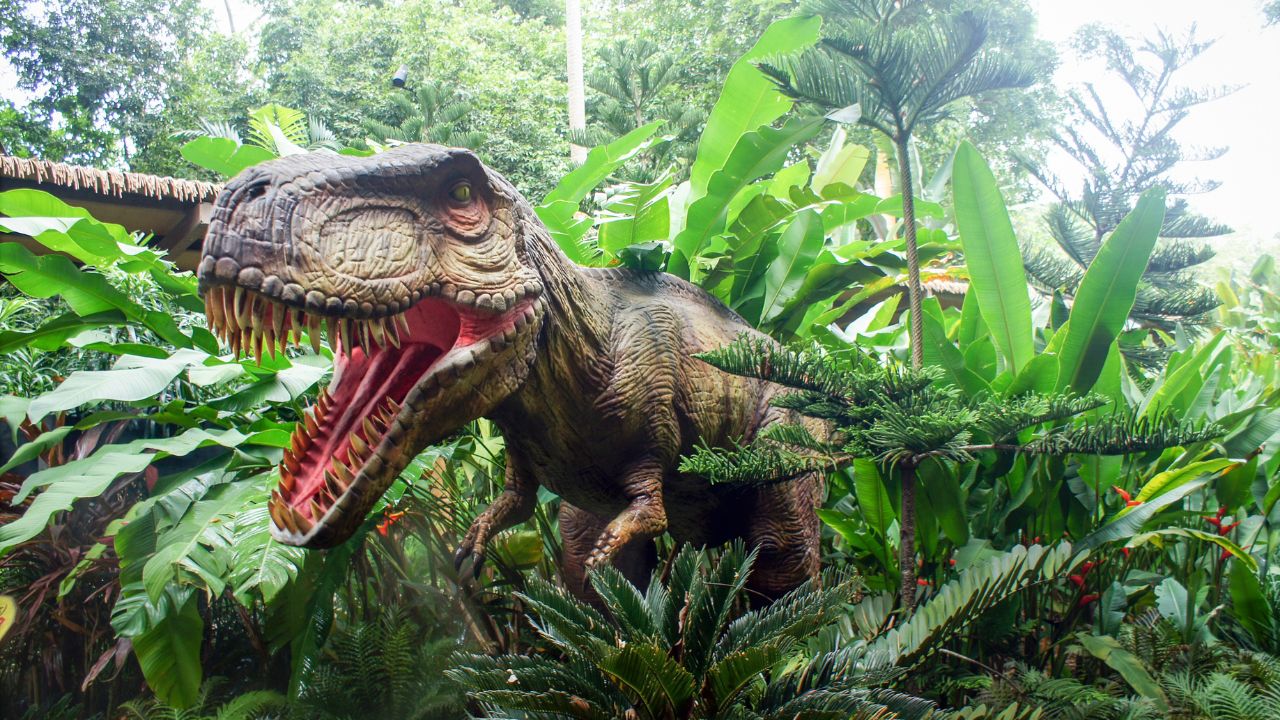
Recent fossil discoveries have revealed evidence of feathers in some dinosaur species, particularly among theropods, which are the group that includes the ancestors of modern birds. While not all dinosaurs had feathers, many might have had feather-like structures for insulation or display.
Myth 10: Dinosaurs Couldn’t Swim
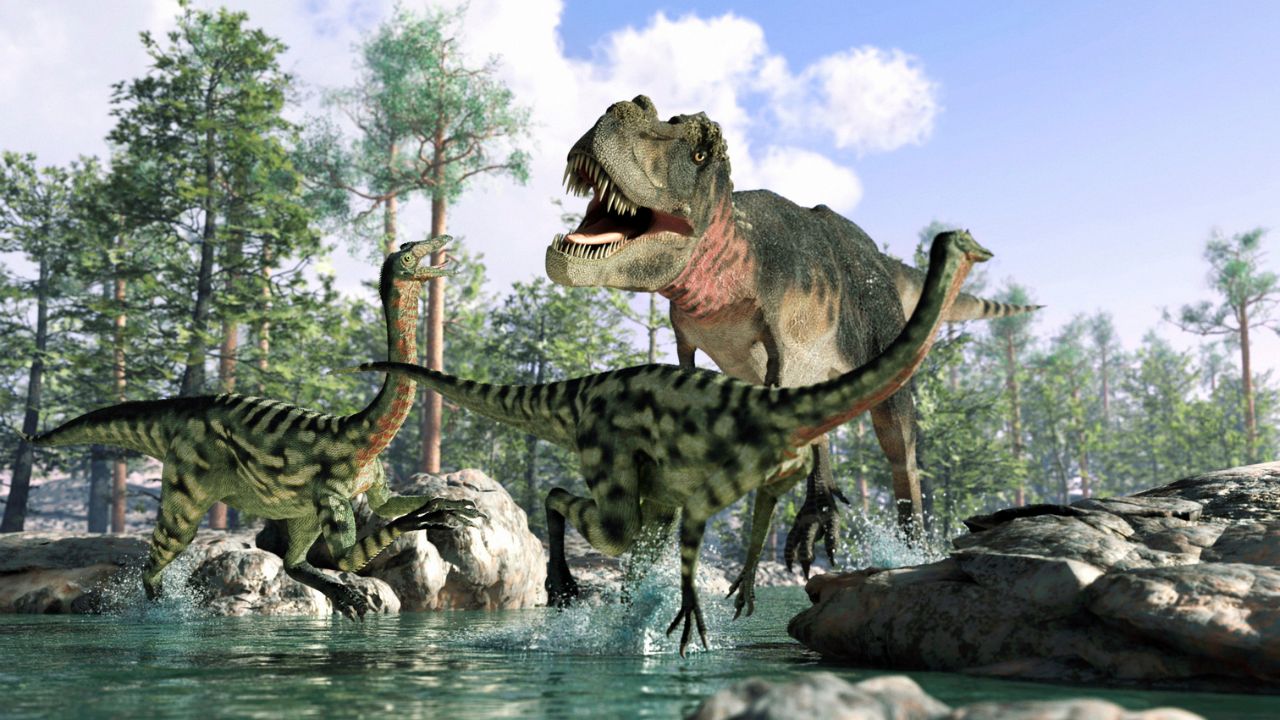
Fossilized tracks and other geological evidence suggest that several dinosaur species were capable swimmers. These dinosaurs likely used rivers and lakes to travel, hunt, and evade predators, much like some modern animals.
Myth 11: Dinosaurs Roared

Without vocal cords, it’s unlikely that dinosaurs could roar. Instead, they may have used other methods to communicate, such as bellowing through resonating chambers in their skulls, similar to the sounds produced by alligators and birds today.
Myth 12: Humans Lived Alongside Dinosaurs
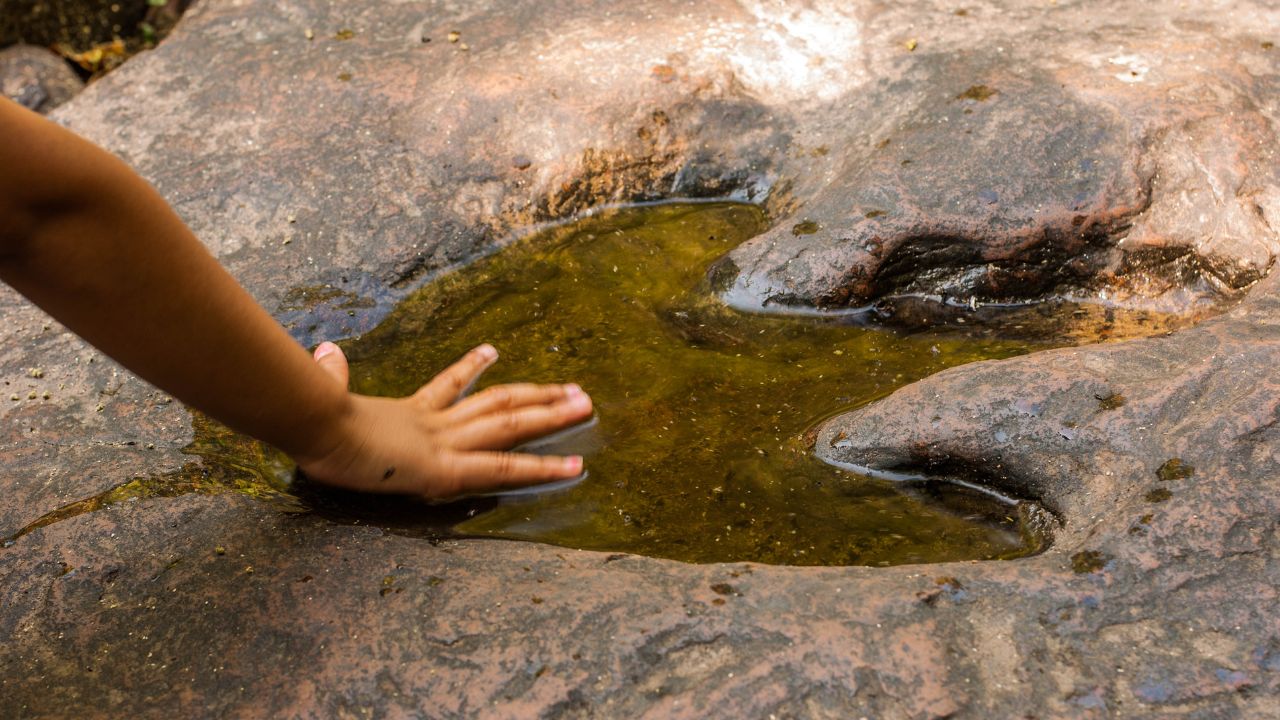
The last dinosaurs died out approximately 65 million years before humans appeared. Human ancestors did not encounter dinosaurs, and the fossils we study today are often millions of years old, predating human existence by vast stretches of time.
Becky is a fervent wildlife enthusiast and pet care expert with a diploma in canine nutrition. Her love for animals stretches beyond the domestic, embracing the wild tapestry of global fauna. With over a decade of experience in animal welfare, Becky lends her expertise to OutlandishOwl through insightful articles, captivating wildlife information, and invaluable guidance on pet nutrition. Her work embodies a deep commitment to understanding the intricate lives of animals and a passion for educating others on sustaining natural habitats. Becky's hands-on conservation efforts and her knack for translating complex dietary science into practical pet feeding tips make her an indispensable voice for creatures great and small.

